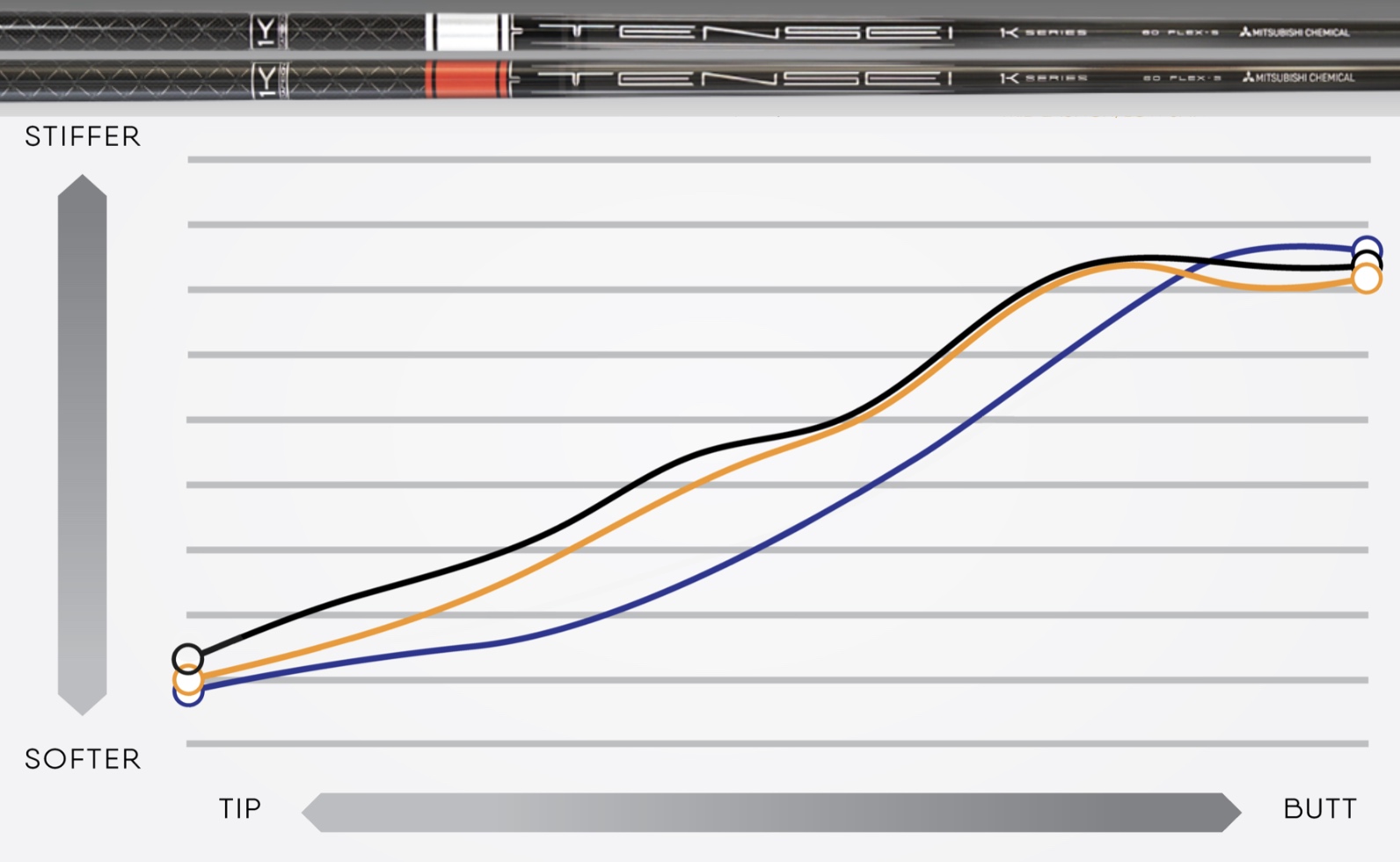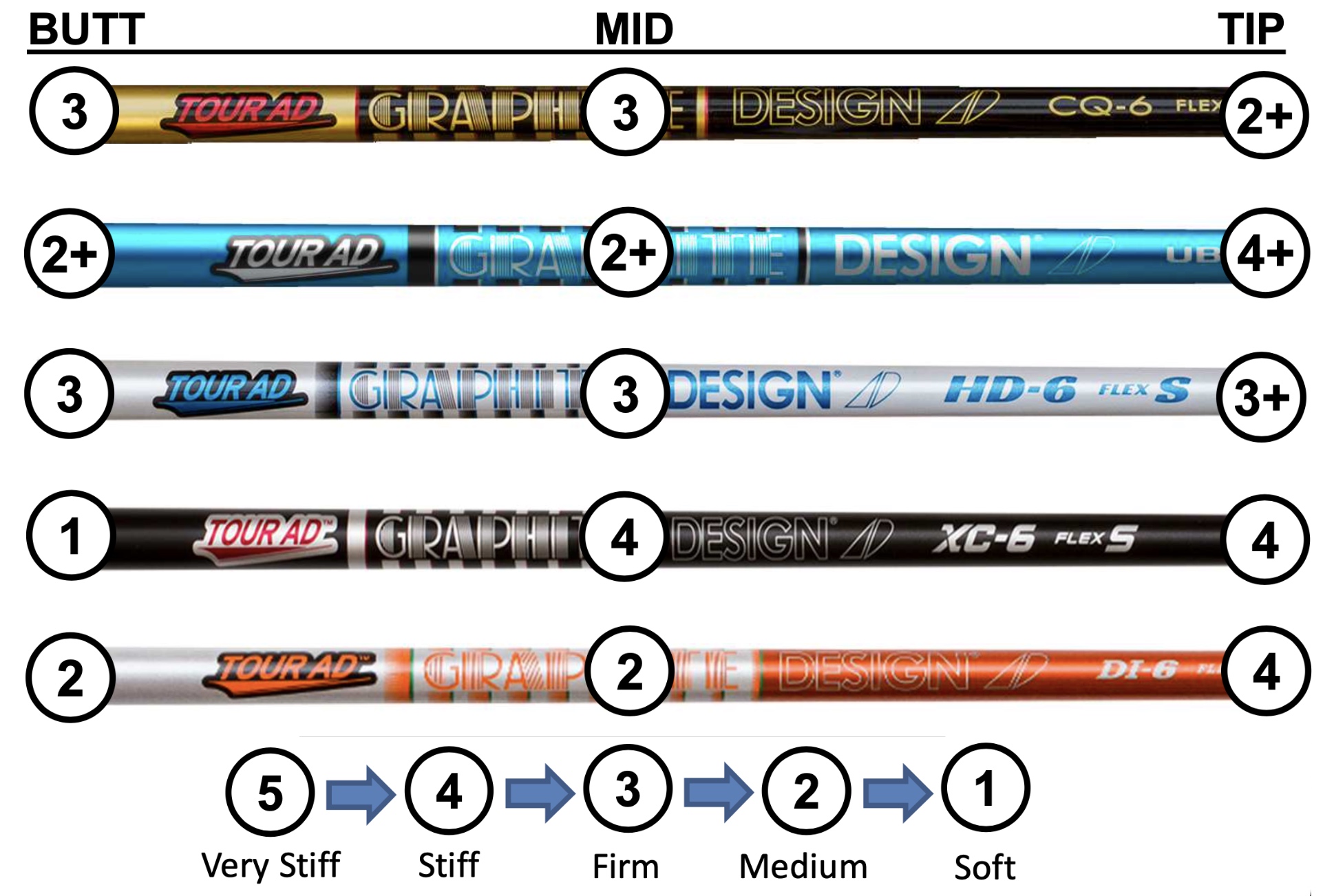Total Club Weight
The total weight of a golf club is a major factor in the club's feel and performance. It affects the distance a golf ball travels after impact and it influences swing plane and swing path. A club that is too light may disrupt swing timing and rhythm due to a loss of feel for the position of the club. It can lead to inconsistency in striking the ball at the center of the club face, thereby leading to loss of both accuracy and distance.
Overcompensation with a club that is too heavy requires more work to swing it, resulting in a slower speed and a loss of distance. If you have a comparatively slow swing speed, a heavy club could have a major effect on distance. Consider that the lightest club in your bag is the driver and the heaviest club is the putter. Change their weights by 10% and you could see a huge effect on your game that you may or may not like – even a 5% change will be noticeable
Total club weight is the sum of the component weights of club head, shaft, grip, and ferrule. Head weights for any given degree of loft are made to a relatively standard specification. Most popular grips fall into a 20 g weight range, 50 g being a nominal standard.
In contrast, shaft weights can vary over a range of ~80 g, making shafts the primary factor in determining the overall weight of the golf club. Typically, steel shafts are heaviest, with the most widely used ones over the years weighing in at 125 - 135 g. Modern lightweight alloys have enabled steel shafts at a wide range of light weights to be produced. One of our favorites, the KBS Tour 90, weighs about 95 g for the uncut blank and closer to 90 g in the finished club. That's about 30 g less than the rebar-like steel shafts that are common in retail clubs.
The average weights of today’s graphite shafts are about 65 g for woods and 75 g for irons, but modern technology can get you to as low as ~40 g at the light end of the range, and well over 100 g at the heavy end while still retaining key features of stability, strength, and flexibility. Therefore, when you buy a new club or club set, the choice between graphite and steel is the major factor in specifying total club weight.
Should you choose steel or graphite? Well that’s where club fitting comes in. Don’t just assume that you should select one type of shaft over the other without trying them out. We find golfers are constantly surprised by the performance benefits of both types. Furthermore, the distribution of weight over the length of a club and along the shaft itself are a key factors in determining the feel of the club. The balance point of the club can be varied considerably in the design to affect both feel and trajectory. The way to decide what's right for you is to test for yourself under the watchful eye of a skilled clubfitter with all the tools needed for measuring performance.





























 John Taylor
John Taylor
Reader Comments